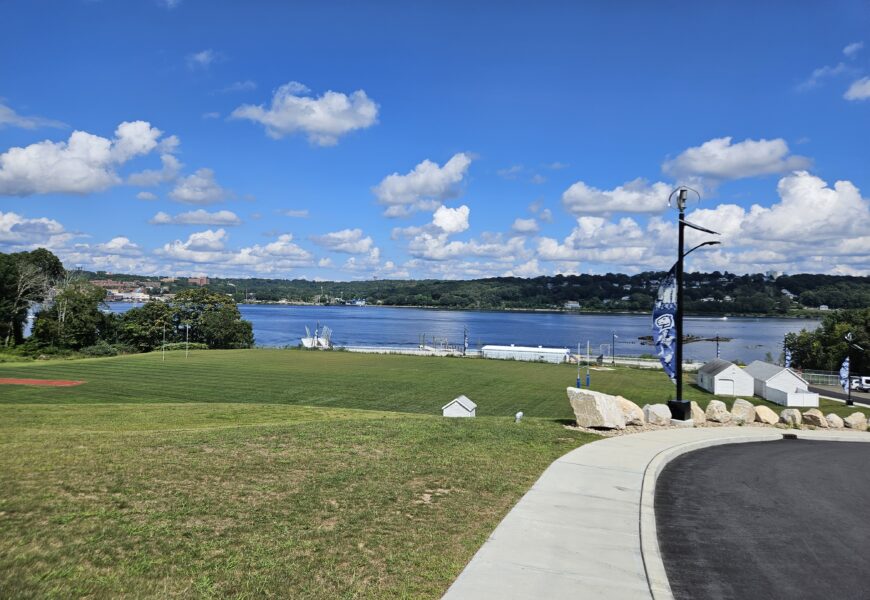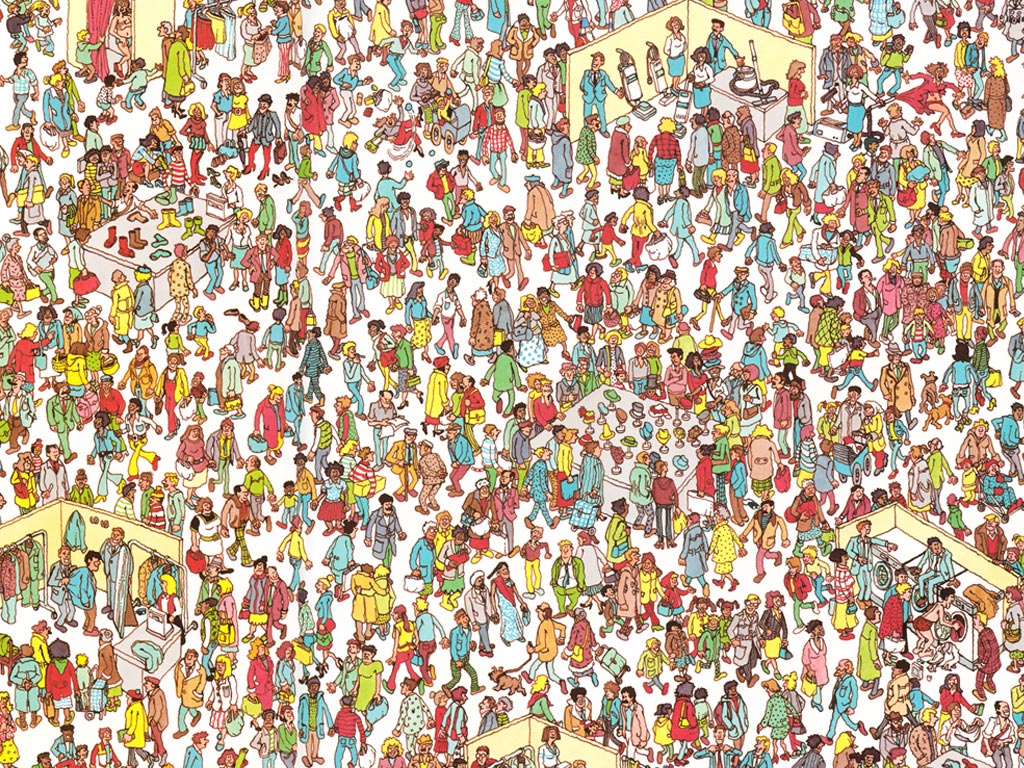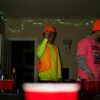Courtesy of Claire Hloytak
*Interview conducted with Dr. Graesch on Friday, September 6, 2024*
It is highly likely that one of the first things you will hear when attending a Connecticut College event is a land acknowledgment. Available on the College’s website, the acknowledgment starts by acknowledging “the land we currently occupy and [honoring]the Native peoples who were its first inhabitants. Specifically, we honor the Mashantucket Pequots, Eastern Pequots, Mohegans, and other Native nations who are indigenous to Nameaug, now called New London.” To some new students, land acknowledgments may be a novel concept. For others, it is a common practice. Some say that acknowledgments without action are performative. Wherever you fall, it is important to note the reasoning behind these land acknowledgments to understand the history of the land Connecticut College occupies.
According to state archives, New London County was once home to the largest population of Native Americans in Connecticut. The main tribes present in this area are the Mohegan Tribe, Mashantucket Pequot Tribal Nation, and Eastern Pequot Tribal Nation. Their interaction with this land dates back hundreds of years. This specific story, however, begins on the lowest athletic field at Connecticut College, where, in 1981, an Indigenous North American burial was disturbed during construction and remains were unearthed.
Following a salvage excavation, the remains found were transferred to the University of Rhode Island. Subsequently, they were lost among the clutter, with only the label CC7 to identify them. Nearly two decades later, in late 2022, URI’s Native American Graves Protection and Repatriation Act (NAGPRA) coordinator discovered the remains and made the connection to Conn. Dr. Anthony Graesch, Associate Professor of Anthropology at Conn, was contacted, and with his help, the remains were reburied.
However, the story does not end there. A similar disturbance on the lower athletic field occurred in the summer of 2022. No human remains were uncovered, but yet again, this historic land was disturbed without the consent of Conn’s sovereign neighbors. This resulted in Dr. Graesch being named as Conn’s inaugural College Archaeologist. In this role, he provides “oversight on matters pertaining to the conservation, management, and study of cultural heritage” within the lands stewarded by the College. This role “sets Connecticut College apart from our peers,” says Graesch.
This recent disturbance prompted Dr. Graesch to apply for a grant from the State Historic Preservation Office to fund a geophysical survey of the field. The College Voice reported on the initial survey completed in November 2023. Several additional surveys have been conducted since then. According to geophysical and magnetometer surveys, ten more features believed to be Indigenous burials have been discovered below the surface. The Rogers Family Burying Ground is also located near the lower field, dating back to the 18th century. A 2009 survey revealed the presence of 41 potential gravesites, 39 more burials than currently marked. For many years, this lower field has been utilized for sports, including the rugby club and the track and field team. It is not uncommon to see locals walking their dogs or large packs of Coast Guard students running across the field, either. However, Dr. Graesch emphasizes that these recent discoveries should prompt a change in how the College stewards and relates to the land.
As a result, Conn is working on doing just that. In May, Dr. Graesch hosted a summit with ambassadors from all three tribes. The first of its kind for Conn, this summit was also a chance for the tribes to have a voice in a conversation they have historically been excluded from. The discussions focused on the care of the ancestors discovered and how Conn can continue to steward Indigenous cultural heritage. Until this point, Conn has not made substantial institutional efforts to initiate these conversations. Still, Graesch believes there is value in taking intellectual and collaborative action to the stewardship of Indigenous culture. In doing this, the College can move beyond simply reciting land acknowledgements and realize a more equitable relationship with its sovereign neighbors. As Graesch puts it, “We do not honor Indigenous communities if we do not include them in decisions about land stewardship.”
Considering this is a complex topic, there are questions around campus about what this research entails. For the community to be invested in this project, these concepts require demystification. It is important to note that archaeological surveys using geophysical methods, the ones used in this research, are noninvasive, meaning there is no damage to the field or the features below the surface. The process involves sending electromagnetic pulses into the ground and measuring the qualities of the signal returned. Changes in soil composition or the presence of larger objects send back a particular signal, indicating something below the surface.
At this time, there is no plan to excavate any of the features discovered to avoid the risk of disturbing another ancestor. “Archaeology at Connecticut College adheres to ethical practices that preclude the study, acquisition, or curation of human remains,” states Graesch.
As new and returning students flood Conn’s campus this fall, many may remain unaware of the history of the land they live and learn on. To achieve full collaboration, Dr. Graesch mentions the value of student involvement. Archaeology is a study of the past conducted in and for the present.
This means that “ongoing efforts to decolonize archaeology and dismantle mechanisms of exclusions require students to understand these contours.” If students are interested in exploring these topics further, there is a new internship program developed with colleagues from the Mohegan Tribal Historic Preservation Office. Students will learn lab archaeology methods through the lens of Mohegan values and approaches to studying their past. Dr. Graesch also offers several courses to further your understanding, including North American archaeology and archaeological curation, to name a few. He encourages students to contact him or any anthropology majors or minors!
This story is far from over. There is more to come as the College collaborates with these tribes to implement a stewardship of consent and, as Dr. Graesch describes it, “put sentiment into practice.”










